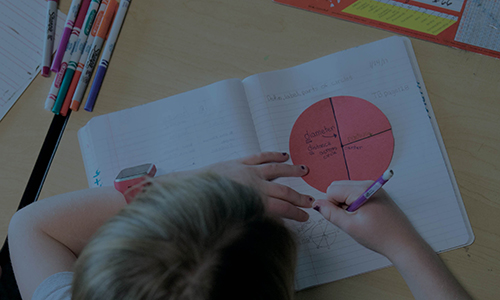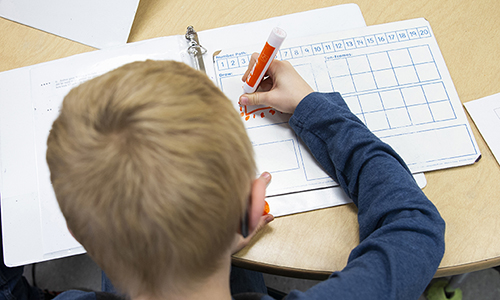Growth modeling


Typical learning for whom? Guidelines for selecting benchmarks to calculate months of learning
To describe the impact of the COVID-19 pandemic on students, researchers have translated test scores into months of learning to claim how many months/years students are behind in school. Despite its perceived accessibility, there are major downsides to this translation. To inform future uses by researchers and media, we discuss in this brief how to calculate this metric as well as its trade-offs.
By: Megan Kuhfeld, Melissa Diliberti, Andrew McEachin, Jon Schweig, Louis T. Mariano
Topics: COVID-19 & schools, Equity, Growth, Growth modeling, Seasonal learning patterns & summer loss


The purpose of this technical appendix is to share more detailed results and to describe more fully the sample and methods used in the research included in the brief, Learning during COVID-19: An update on student achievement and growth at the start of the 2021-22 school year. We investigated two research questions:
- How does student achievement in fall 2021 compare to pre-pandemic levels (namely fall 2019)?
- How did academic gains between fall 2019 and fall 2021 compare to normative growth expectations?
By: Megan Kuhfeld, Karyn Lewis
Topics: COVID-19 & schools, Equity, Growth modeling


To what extent has the COVID-19 pandemic affected student achievement and growth in reading and math, and which students have been most affected? Using data from 6 million students in grades 3-8 who took MAP Growth assessments in reading and math, this brief examines how gains across the pandemic (fall 2019 to fall 2021) and student achievement in fall 2021 compare to pre-pandemic trends. This research provides insight to leaders working to support recovery.
By: Karyn Lewis, Megan Kuhfeld
Topics: COVID-19 & schools, Equity, Growth modeling


The forgotten 20 percent: Achievement and growth in rural schools across the nation
Using achievement data from fall and spring of grades K-8 for 840,000 students in 8,800 public schools, this study provides novel evidence on how achievement and growth differ between rural and nonrural schools. Rural students start kindergarten slightly ahead of nonrural students but fall behind by middle school. The divergence is driven by larger summer losses for rural students. In both rural and nonrural schools, Black–White achievement gaps widen during the school year.
By: Angela Johnson, Megan Kuhfeld, James Soland
Topics: Equity, Growth modeling, Seasonal learning patterns & summer loss


Understanding differential growth during school years and summers for students in special education
New research examining academic achievement and growth of students in special education and their peers who were never in special education during each school year and summer in grades K-4 shows that students with disabilities grow as much or more academically during the school year than their peers without disabilities during some years, but that steeper summer learning losses for students with disabilities contribute to widening disparities.
By: Angela Johnson, Elizabeth Barker
Topics: Equity, Growth modeling, Seasonal learning patterns & summer loss


Understanding differential growth during school years and summers for students in special education
This study compares within- and across-years academic growth for students who were ever in special education (ever-SPED) to students who were never in special education (never-SPED) in grades K-4. Ever-SPED students grew more in math and reading than never-SPED students during many school years, but lost more learning during every summer than their peers, leading to expanding disparities. These findings suggest that summer learning opportunities are crucial for improving educational outcomes for students with disabilities.
By: Angela Johnson, Elizabeth Barker
Topics: Equity, Growth modeling, Seasonal learning patterns & summer loss


A multi-rater latent growth curve model
To avoid the subjectivity of having a single person evaluate a construct of interest (e.g., a student’s self-efficacy in school), multiple raters are often used. This study provides a model for estimating growth in the presence of multiple raters.
By: James Soland, Megan Kuhfeld
Topics: Measurement & scaling, Growth modeling, Social-emotional learning


